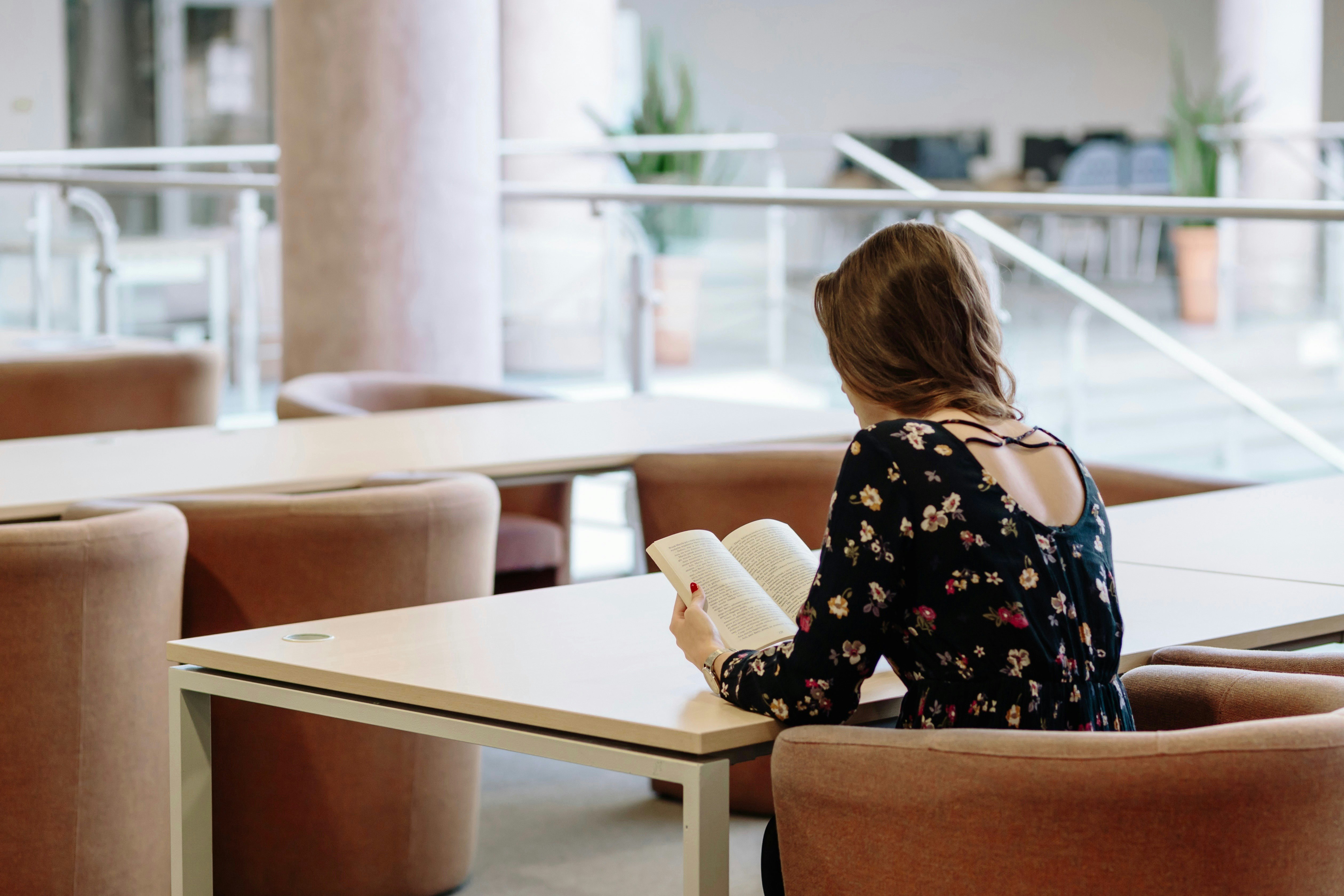
Jun 26, 2018
Students need the right space and resources to focus on their studies. There are a number of things that parents and tutors can do to ensure their learning environments are as effective as possible.
Learning is about more than what’s on the page. In fact, effective learning has more to do with how we learn, especially when it comes to our environment. By supplying students with the right physical space and resources, we can ensure they have the optimal mental space for learning, too.
Here are a handful of things that tutors (and parents) can do to create that effective learning environment, whether at the home or learning center:
1. It’s all about space
The space around us, that is.
Researchers have found the type of light, temperature, desk and chair arrangements – practically, all the variables that go into designing a study space – have profound effects on how well students learn.
In fact, one recent study of 21,000 U.S. elementary schoolers found that increasing the amount of natural light (or blue-enriched light, as a suitable replacement) boosted the students’ reading outcomes by 26 percent – their math outcomes by 20 percent – compared to students without adequate light. Due to their changing hormones, adolescents face issues with how their bodies react to light. In that same study, adolescents also benefited cognitively when they were exposed to blue-enriched light in the classroom.
The same goes for temperature and room layout. Ensure that the room is a comfortable temperature, with the space consciously arranged to maximize the student’s focus and reduce any noise or distractions. If at home, ensure the space is quiet enough to allow the student, or the student and tutor, to concentrate on the work at hand.
2. Use student-driven activities
Parents and tutors can incorporate games into students’ learning. Games are not only effective tools for lateral learning: they can also ease students into the learning process, particularly after a long day at school. (Read more about how to avoid that after-school study slump.) Students can also take initiative in learning how to play a game, which builds critical thinking skills and their ability to work through instructions and new patterns.
3. Manage their stress levels
Stress should be at a minimum in the learning environment. In addition to providing a comfortable and calm space, students can also benefit from including stress-busting techniques. Incorporate regular breaks into learning sessions. Students can take a walk or exercise – which is also a great way to kickstart a session by getting the blood flowing.
4. Provide healthy foods
Students get hungry. Like any activity, learning takes its toll on calories. Ensure there is a range of health snacks on hand – brain-friendly foods like nuts and fresh fruit. Likewise, keep out the usual suspects for unhealthy foods, such as soda and candy. Both foods are high in sugar, which can play havoc with students’ blood sugar levels and their ability to concentrate.
5. Keep it consistent
Ensure that students can enjoy the same quality of space and types of activities over time, so they become accustomed to the learning environment. Consistency helps to build a lasting foundation for calm and collected study, as well as for future personal growth in building healthy habits.
The above tips are just a sampling of the ways that parents and tutors can cultivate an effective learning environment. At its core, an effective learning environment is one where the students’ needs are prioritized front and center.
So, experiment with how you can start improving your students’ learning environments – and feel free to share your winning tips in the comments below!
